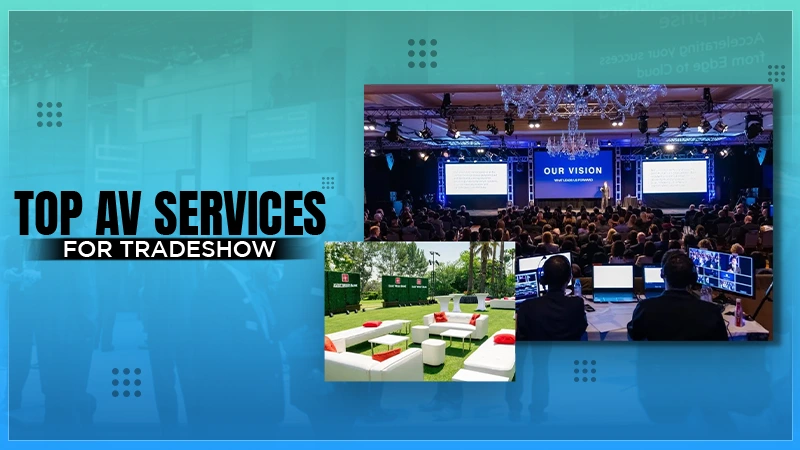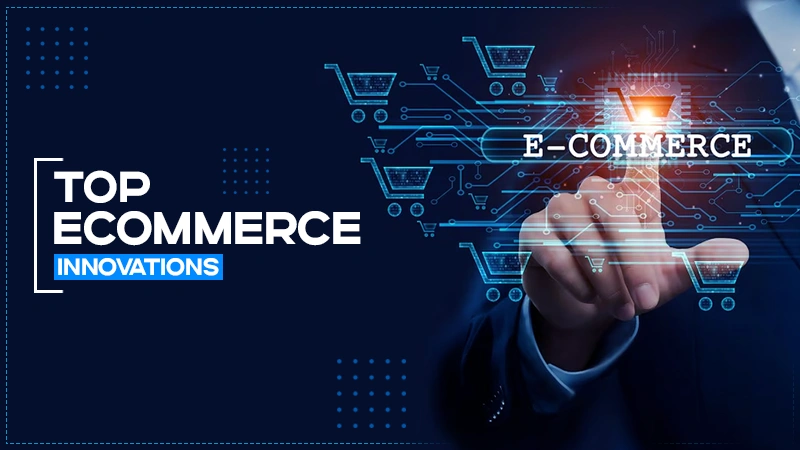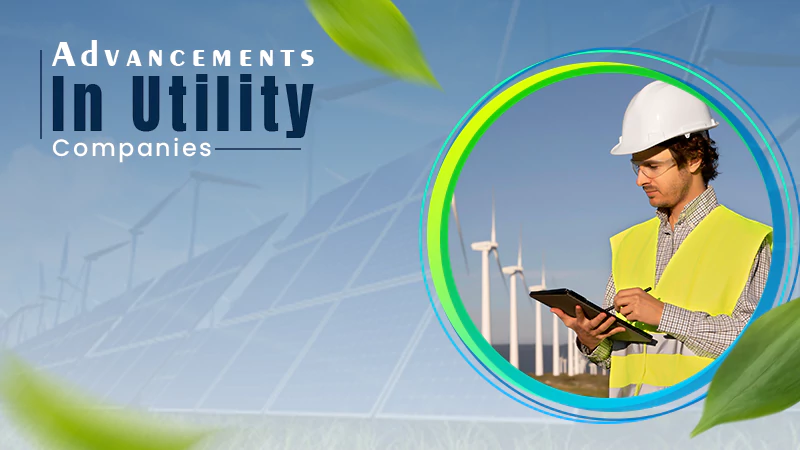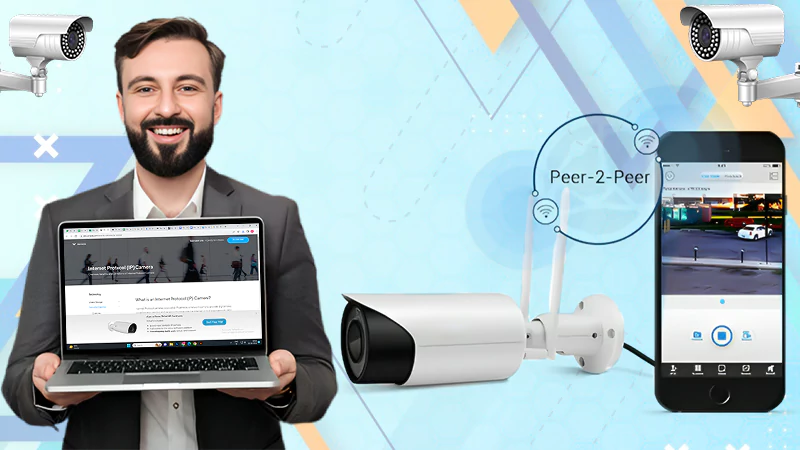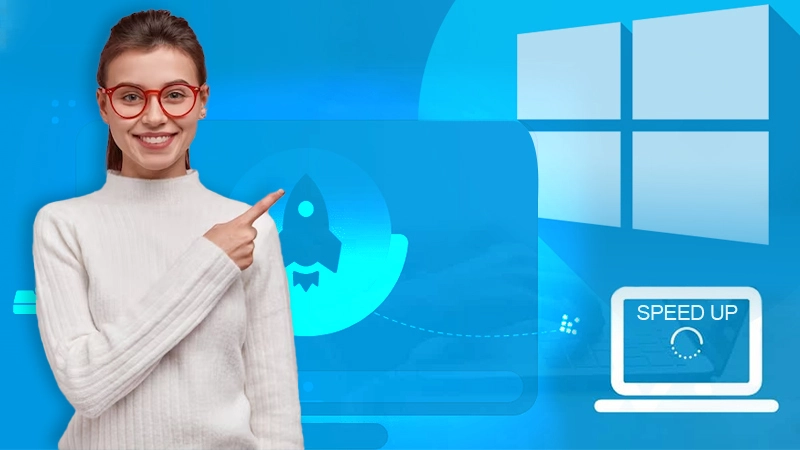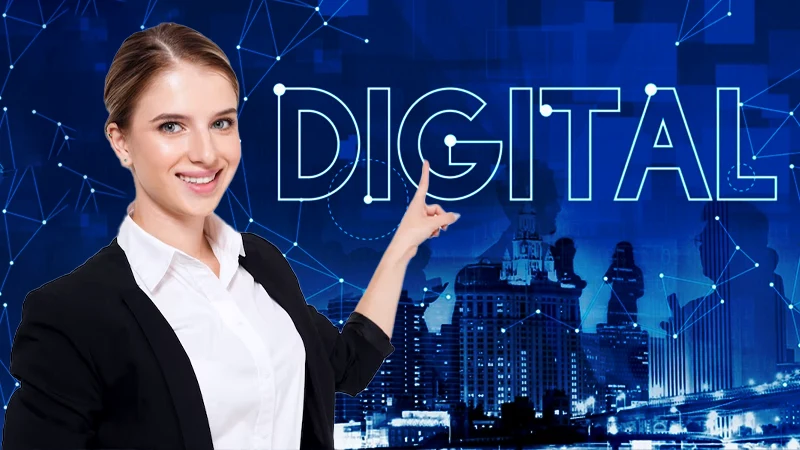Vehicle-to-Grid (V2G): Everything You Need to Know
As the world moves towards cleaner and more sustainable energy solutions, electric vehicles (EVs) have become a popular choice for eco-conscious drivers. But did you know that your electric vehicle can do more than just get you from point A to point B? Enter Vehicle-to-Grid (V2G) technology, an innovative system that allows electric vehicles to both charge from and send energy back to the power grid. In this comprehensive guide, you will discover the ins and outs of V2G, its numerous benefits, the challenges it faces, and its potential role in the future of transportation and energy systems.
Introduction to Vehicle-to-Grid (V2G)
Vehicle-to-Grid technology, often abbreviated as V2G, is a system that enables bidirectional energy transfer between electric vehicles and the power grid. In simpler terms, V2G allows EVs not only to charge their batteries from the grid but also to discharge stored energy back into it. This bi-directional flow of energy can help optimize the use of renewable energy sources, improve grid stability, and potentially generate revenue for EV owners.
The concept of V2G has been around for a couple of decades, but it is only recently that technological advancements and growing interest in renewable energy have made it a viable option for widespread implementation. As electric vehicles become more prevalent and the need for efficient energy management grows, V2G technology is poised to play a crucial role in the future of sustainable transportation and energy systems.
How does V2G Technology Work?
To understand how V2G works, it is essential first to grasp the basics of an electric vehicle’s charging system. When an EV is plugged into a smart charging station, the vehicle’s onboard charger converts the alternating current (AC) from the grid into direct current (DC) that can be stored in the vehicle’s battery. The charger also controls the rate of charging to ensure the battery is charged safely and efficiently.
With V2G technology, this process can be reversed. When the grid requires additional energy, the EV can discharge stored energy from its battery back into the grid. This is made possible by a bidirectional charger, which can convert DC energy from the vehicle’s battery into AC energy compatible with the grid. The bidirectional charger also communicates with the grid operator to determine when it is optimal to charge or discharge the vehicle’s battery.
In order for V2G to function effectively, there must be a communication system in place that allows the grid operator to send signals to the EV and its charger. This communication system, often referred to as a V2G aggregator, collects data from multiple EVs to determine the best times for charging and discharging based on factors such as grid demand, energy prices, and the availability of renewable energy sources.
Benefits of V2G for Energy Management and the Environment
V2G technology offers a multitude of benefits for both energy management and the environment. One of the most significant advantages is its potential to optimize the use of renewable energy sources. Since renewable energy generation, such as solar and wind power, can be variable and unpredictable, V2G can help balance these fluctuations by storing excess energy in EV batteries during periods of high production and discharging it back to the grid when production is low.
Another essential benefit of V2G is its ability to improve grid stability. As more renewable energy sources are integrated into the power grid, managing supply and demand becomes increasingly challenging. By utilizing the stored energy in EV batteries, V2G technology can help balance the load on the grid, reducing the risk of blackouts and lowering the need for costly peak power plants.
Additionally, V2G can provide financial benefits for EV owners. By allowing their vehicles to discharge energy back into the grid during periods of high demand, when electricity prices are typically higher, EV owners can potentially generate revenue. This can help offset the cost of owning an electric vehicle and make the adoption of EVs more attractive to consumers.
Challenges and Limitations of V2G Implementation
While V2G technology offers numerous benefits, it also faces several challenges and limitations that need to be addressed for widespread adoption. One of the primary concerns is the potential impact of V2G on the lifespan of EV batteries. Frequent charging and discharging cycles can cause battery degradation over time, reducing the overall battery life. However, ongoing research and advancements in battery technology may help mitigate this issue in the future.
Another challenge is the development of standardized communication protocols and infrastructure needed for V2G systems to function efficiently. While progress has been made in this area, there is still work to be done to establish universal standards that can be easily adopted by various stakeholders, including automakers, grid operators, and charging equipment manufacturers.
Furthermore, consumer acceptance of V2G technology is a critical factor for its success. Educating potential EV owners about the benefits of V2G and addressing concerns about vehicle range, battery life, and privacy will be essential in promoting the adoption of this innovative technology.
V2G Infrastructure and Equipment
Implementing V2G technology requires the development of appropriate infrastructure and equipment that can facilitate the bidirectional flow of energy between EVs and the grid. This includes the installation of bidirectional chargers at charging stations and the integration of communication systems that allow grid operators to manage the charging and discharging of EVs.
Currently, most EV chargers on the market are unidirectional, meaning they can only charge the vehicle’s battery and not discharge it back into the grid. However, several companies are now developing and manufacturing bidirectional chargers that support V2G capabilities. These chargers are typically more expensive than their unidirectional counterparts, but as the demand for V2G technology grows, the cost is expected to decrease.
In addition to chargers, V2G infrastructure also includes the development of communication systems and software that enable seamless interaction between EVs, chargers, and grid operators. These systems must be able to collect and analyze data from multiple EVs, determine optimal charging and discharging schedules, and communicate those schedules to the vehicles and their chargers.
V2G Pilot Projects and Case Studies
Several pilot projects and case studies have been conducted worldwide to test the feasibility and potential benefits of V2G technology. These projects have provided valuable insights into the challenges and opportunities associated with implementing V2G on a larger scale.
One notable example is the Parker Project in Denmark, which began in 2016 and involved several partners, including automakers, charging infrastructure providers, and grid operators. The project aimed to demonstrate the viability of using EVs as flexible energy resources for grid support, and the results showed that V2G technology can indeed provide valuable services to the power grid.
Another example is the INVENT project in the Netherlands, which focused on the development of a V2G ecosystem that includes vehicle manufacturers, energy companies, and charging infrastructure providers. The project successfully demonstrated the ability of V2G systems to optimize the use of renewable energy and provide grid support services.
These pilot projects and case studies illustrate the potential of V2G technology and provide a strong foundation for its further development and implementation on a larger scale.
The Role of V2G in the Future of Transportation and Energy Systems
As the demand for clean transportation and sustainable energy solutions continues to grow, V2G technology is poised to play a crucial role in the future of both industries. By enabling EVs to function as mobile energy storage units, V2G can help optimize the use of renewable energy sources, improve grid stability, and reduce our reliance on fossil fuels.
In the future, V2G systems may also be integrated with other emerging technologies, such as smart grids and microgrids, to create even more efficient and resilient energy systems. This could lead to the development of decentralized energy networks that are less reliant on large-scale power plants and better equipped to handle the challenges associated with increasing renewable energy generation.
Moreover, V2G technology has the potential to transform the business models of the automotive and energy industries. For example, automakers may explore new revenue streams by offering V2G-enabled vehicles and services, while energy companies may utilize EVs as flexible energy resources to improve their grid management capabilities.
Electric Vehicle (EV) Models Compatible with V2G Technology
While V2G technology offers numerous benefits, it is essential to note that not all electric vehicles are currently compatible with this system. The ability of an EV to support V2G depends on several factors, including the vehicle’s onboard charger and battery management system.
However, several automakers are now developing and producing V2G-compatible electric vehicles. Some examples include the Nissan LEAF, Mitsubishi Outlander PHEV, and the Honda E. As the demand for V2G technology grows, it is expected that more automakers will begin to offer V2G-enabled vehicles in their lineups.
Policies and Regulations Supporting V2G Integration
Policies and regulations play a crucial role in facilitating the widespread adoption of V2G technology. Governments and regulatory bodies worldwide are beginning to recognize the potential benefits of V2G and are implementing policies to support its integration into transportation and energy systems.
For example, in the European Union, the revised Renewable Energy Directive (RED II) includes provisions that encourage the development and deployment of V2G technology, such as promoting the use of EVs for grid support services and requiring member states to assess the potential benefits of V2G in their national energy plans.
Similarly, in the United States, the Federal Energy Regulatory Commission (FERC) has issued regulations that allow distributed energy resources, including V2G-enabled EVs, to participate in wholesale electricity markets. This provides an opportunity for EV owners to generate revenue by providing grid support services through V2G.
These policies and regulations are an essential step in creating a supportive environment for the growth and development of V2G technology and its integration into our transportation and energy systems.
Conclusion and Future Prospects of V2G
Vehicle-to-Grid technology holds significant promise for the future of sustainable transportation and energy systems. By enabling the bidirectional flow of energy between electric vehicles and the power grid, V2G can help optimize the use of renewable energy, improve grid stability, and provide financial benefits for EV owners.
While there are still challenges and limitations to overcome, ongoing research, pilot projects, and supportive policies and regulations are paving the way for the widespread adoption of V2G technology. As electric vehicle adoption continues to grow and the need for efficient energy management becomes increasingly critical, V2G has the potential to play a pivotal role in shaping the future of transportation and energy systems worldwide.
Follow Us
Latest Post





